Fixing Esters
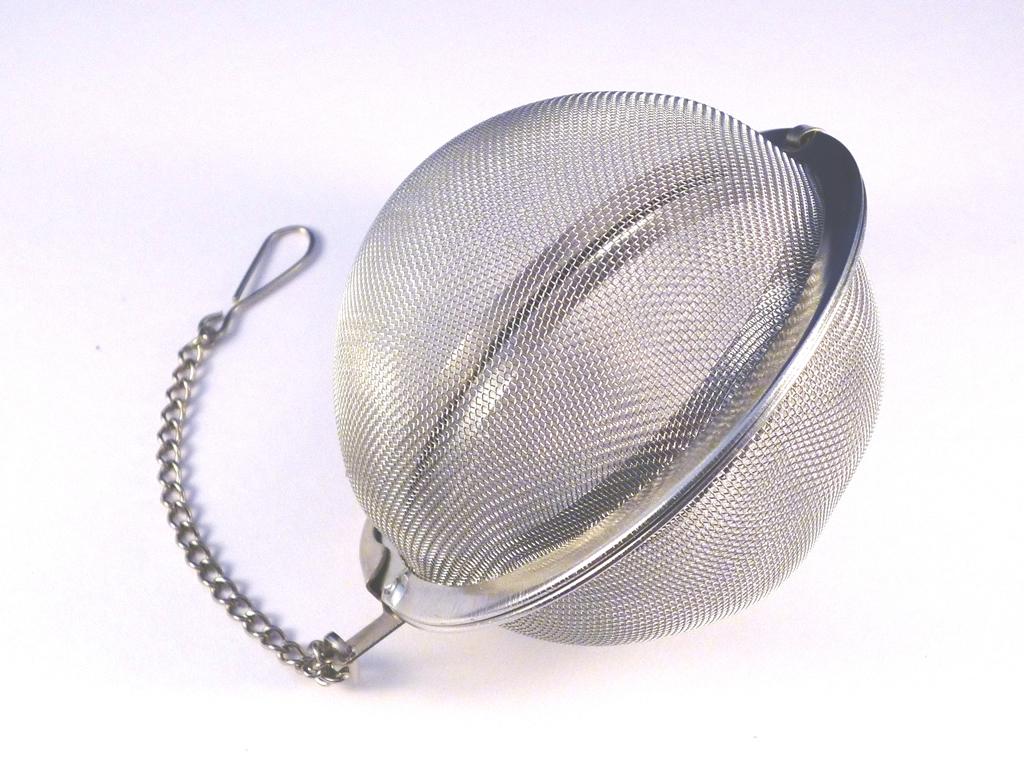
Every now and again a batch I brew doesn’t turn out quite as I hoped. Contrary to popular belief, most flaws in beer don’t occur during wort production, they occur during fermentation. When I brewed the Honey Blonde Ale for the Crossfit competition, I split ten gallons into two fermenters. One fermenter went into my temperature controlled mini-fridge, the other went into a water bath that I tried to keep around 65* using cold water and ice cubes. The five gallons from the mini-fridge turned out excellent, and that was the batch that I served at the Crossfit event. The five gallons from the water bath are another story.
The water-bath fermenter’s temperature fluctuated quite a bit during fermentation. It would drop to 62-63 after I added ice cubes, and shoot up to 68-70 while I was at work during the day. So it was no surprise, although still disappointing, that it turned out rather estery. If there’s one thing I really strive for all my beers to have, it’s a clean fermentation. I really can’t stand drinking beers that are overly phenolic or estery. So here I am with five gallons of a blonde ale that I really don’t want to drink. Should I dump it?
Survey says……. nope, dry hop it! I bought a couple 2″ diameter stainless tea balls awhile back (pictured above). They’re smaller than they look, and hold about 1/4 ounce of pellet hops each. These are great for dry hopping beers directly in the keg. I fill them with hops, and just drop them straight in.
So for this beer, I wanted something really assertive and oily, so I used 1/2oz of Citra. Sure enough, the beer is now rather enjoyable, even if it is a bit out of style with the heavy hop aroma. You’d be surprised how much you can hide esters with dry-hops. The moral of this story is
A. Tightly controlled fermentation temperatures make a huge difference in the ester-profile of a beer
B. Heavy esters suck in beers that aren’t meant to be estery
C. Dry hops can hide many a flaw =)
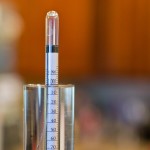
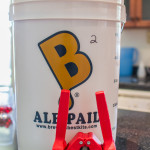
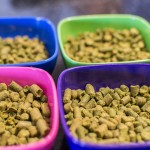
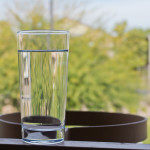
Leave a Reply